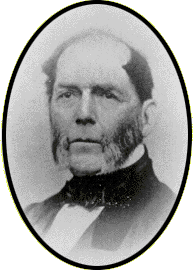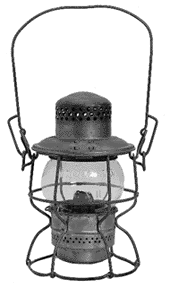
   |
|
  |
Abraham Gesner (1797-1864) Abraham Gesner was born in Cornwallis Township, Nova Scotia, in 1797, with a love of geology in his bones. As a child, he could often be found collecting rocks and fossils along the shore of the Bay of Fundy, teaching himself the science of geology. Years down the road, Gesner studied medicine in London, England. Still interested in geology, he set up his medical practice near Parrsboro, Nova Scotia, where he knew there were fossils to be found. He often gathered specimens on his way to and from house calls, and built up an extensive collection. In 1838, he became the first government geologist in a British colony when appointed Provincial Geologist of New Brunswick. A year later, he discovered albertite (a coal like solid hydrocarbon substance), but set it aside for later study. In April of 1842, he opened the first museum in Canada: Gesner Museum. Charging admission to view his private collection, he hoped to combat serious debt. The enterprise was a failure. Those to whom he owed money eventually took over his collection in lieu of payment. In 1890, it was acquired by the Natural History Society of New Brunswick and added to the New Brunswick Natural History Museum in St John as the core of the museum. Gesner then immigrated to the United States where he developed and patented a process for manufacturing kerosene, for which he is still famous. Dalhousie University invited him to return to his homeland and become a professor of chemistry in 1864. Sadly, however, Abraham Gesner died in Halifax shortly thereafter. |